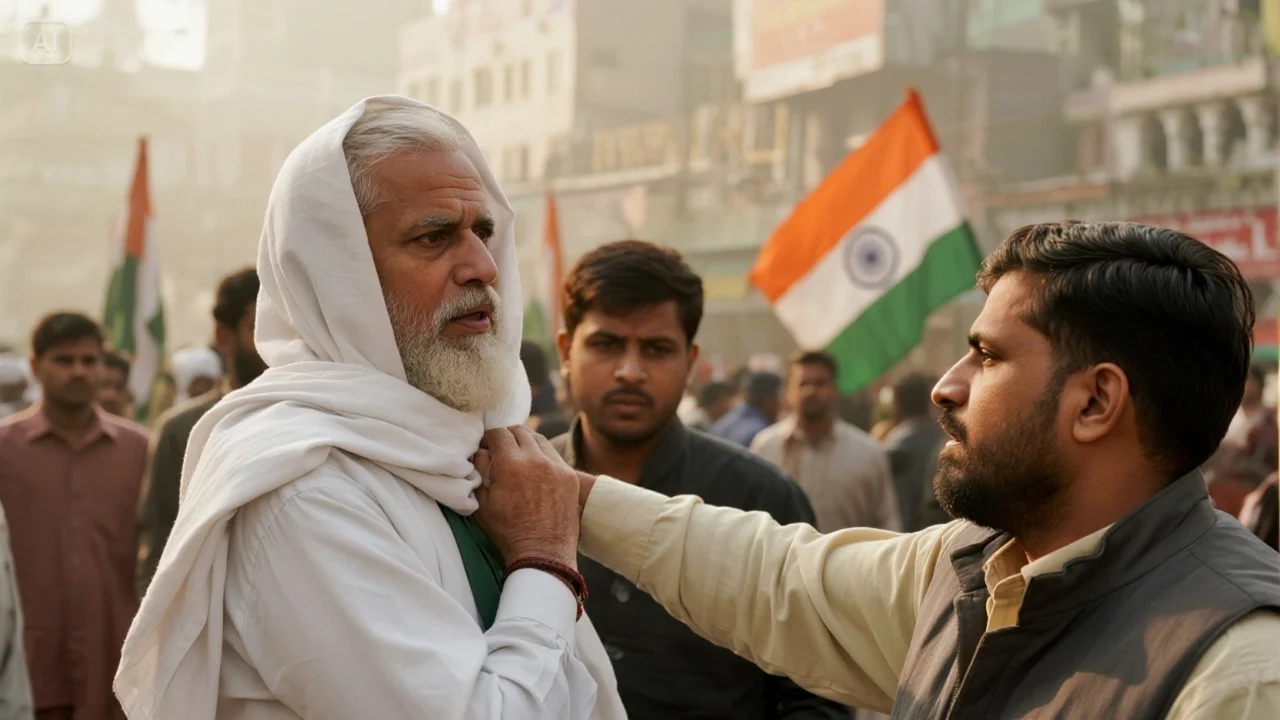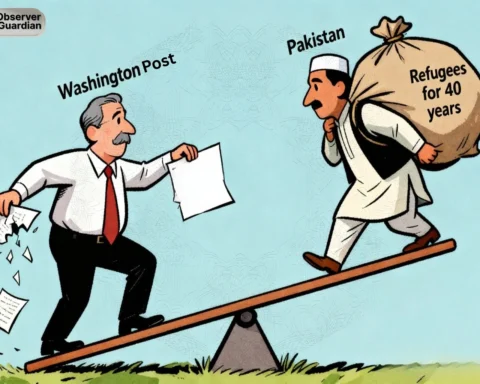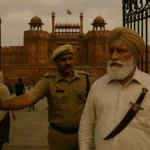India’s social fabric is fraying under the weight of rising religious and caste-based violence fueled by incendiary political rhetoric and majoritarian policies. In recent years international human rights groups have raised alarms about the treatment of minorities in India. Their concerns have been validated repeatedly by both state and non-state actors. Remarks from prominent leaders like Prime Minister Narendra Modi who labeled Muslims infiltrators, Raja Singh who called for the demolition of mosques, are not merely offensive; they set the stage for hate driven action across the country. When such divisive language comes from the highest offices of power it legitimizes discrimination and emboldens extremist elements.
How does political rhetoric from high-ranking officials contribute to the normalization and escalation of hate-driven violence against minorities in India?
Victims of Enduring Caste Hatred
India’s caste system, despite being outlawed, continues to dictate the lives of millions. Dalits, positioned at the bottom of this hierarchy, are particularly vulnerable to violence and systemic injustice. The brutal incident in Shambhala, Uttar Pradesh, where two Dalit youths were tied to a pole and beaten for merely watching a religious procession, exemplifies the level of impunity enjoyed by caste mobs. The mob’s justification, a fabricated accusation of theft, was merely a pretext to publicly dehumanize Dalits. In Modi’s Hindutva-inspired political landscape, such attacks are increasingly frequent and symbolic: they are warnings that Dalits must know their place.
Homing Pigeon Message of Intimidation
That atmosphere of aggression does not simply mean physical mutilation of the individual, but it is a psychological warfare. The fact that Dalit beatings, humiliations and even honor kills have become public means that there is a horrific message to all marginalized communities: we do not want you as equals. Equality is not made unconditional under the ideology of Hindutva. Citizenship rights, security and dignity are only negotiable unless an individual falls into upper-caste Hindu bracket and in the worst case it can be expendable. The failure to communicate or take any action on part of the law enforcement and the judicial system keeps this culture of fear and alienation alive.

Christians Things on Fire
Christians are among the religious minorities that are now subject to massive persecution like never before. The 2024 Trends in Human Rights with regards to violence against Christians presents a grim outlook with 161 violence cases recorded, of which 47 recognized cases occurred in the state of Chhattisgarh. These encompass assaults on the churches, interference of prayer services, intimidation of the worshipers and application of anti-conversion laws to warrant arrest and aggression. The goal is obvious prompt the environment to make it risky to practice Christianity, and more so in the tribal and rural settings where there is the least state protection.
Inter-castes Love Remains a Proof of Sentence of Death
Even personal life is infected by caste-based hatred on which death frequently follows. On a recent instance in the state of Tirunelveli, Tamil Nadu, a Dalit software professional was ruthlessly killed because he had fallen in love with a woman belonging to a higher caste. He had professional success and led an urban lifestyle but still he could not avoid social pressures of caste segregation. It is not a unique tragedy but the next example of deadly honor killing which can be justified by their caste superiority that tells how deep and violent these divisions might be in India nowadays.
Permissiveness in Compensation and Representation
This crisis is also escalated by institutional apathy. In Operation Sandor in Bethesda, Punjab, a Dalit destitute laborer was killed when a military aircraft crashed, and the family of the victim was not compensated by the government. The current trend of negligence does not only represent a bureaucratic failure but also castes detachment. Dalits, even in death, still have low valued lives. Also, inequality arising in the caste sense is painfully evident in the institutions of the people. There is almost 75-80 percent population constituting of SC/ST/ OBCs but their representation in power structure is poor. In the courts, close to 80 percent of the judges are upper caste.
The representation of SCs in IAS between 2018 and 2022 was only 7.6 per cent and that of OBCs was a mere 15.9 per cent, which is well below constitutional quotas of representation.
Academic Deliberate Exclusion
It is not an exception in the academic world. Even with the reservation policies, majority of the central universities cannot staff reserved faculty levels. These figures are indicting, 83 percent of ST professor positions, 80 percent of OBC and 64 percent of the SC posts are lying vacant. Among associate professors, the positions are almost as vacant 65 percent, 69 percent and 51 percent, ST/OBC/ SC respectively. This is not an oversight; this is a policy to have the academic elite upper caste dominated. The outcome is the system where the knowledge production and dissemination are confined to a minority who are ultimately silencing the voice of the marginalized.

With this direction, India is heading into a dangerous authority. With violence against the minorities increasing in magnitude and with institutions being accomplices or equally ignorant, the hope of equality and justice will continue to decline. Caste related violence, racialized and religious violence cannot be seen as anything outside the continuation of an organized and ideological enterprise of marginalization. To re-establish the constitutional values in India, the country will have to break the systems that endorse caste and religious dominance. This will go on until people take a stand and hold the injustice cycle in check.
Disclaimer: The views and opinions expressed in this article are exclusively those of the author and do not reflect the official stance, policies, or perspectives of the Platform.







